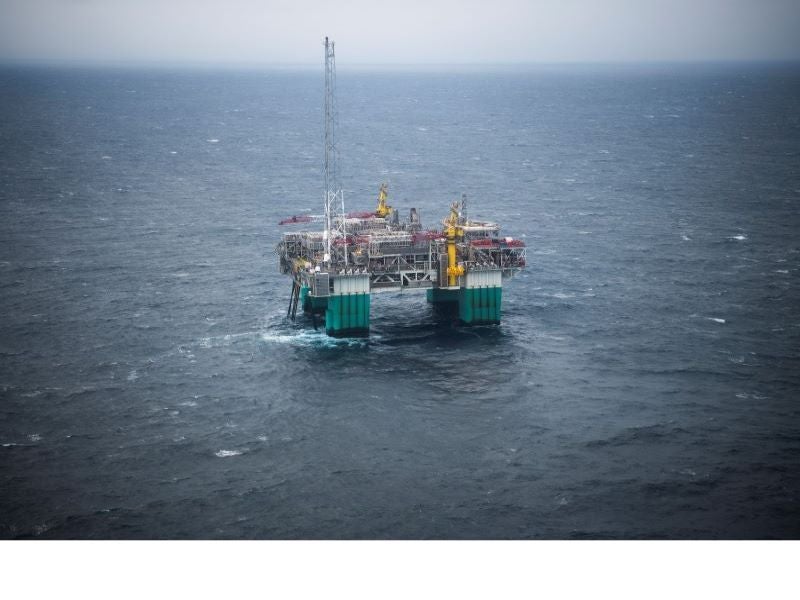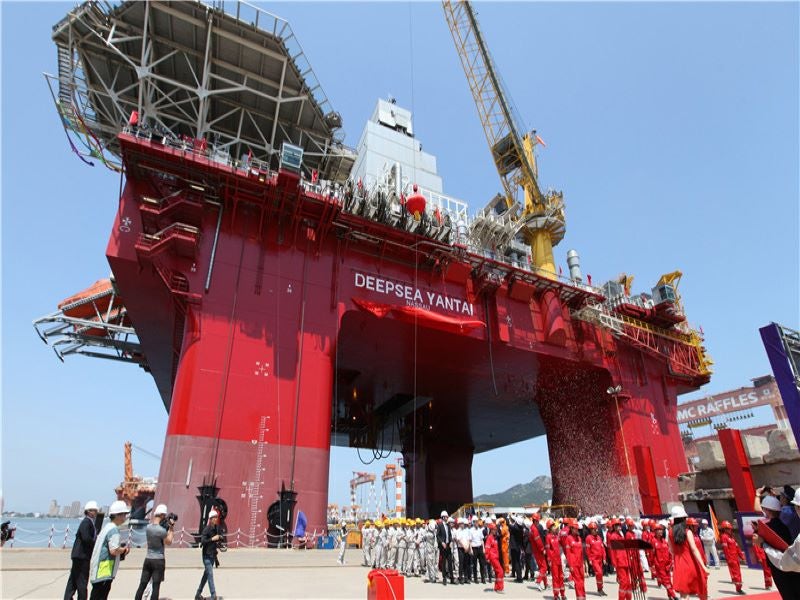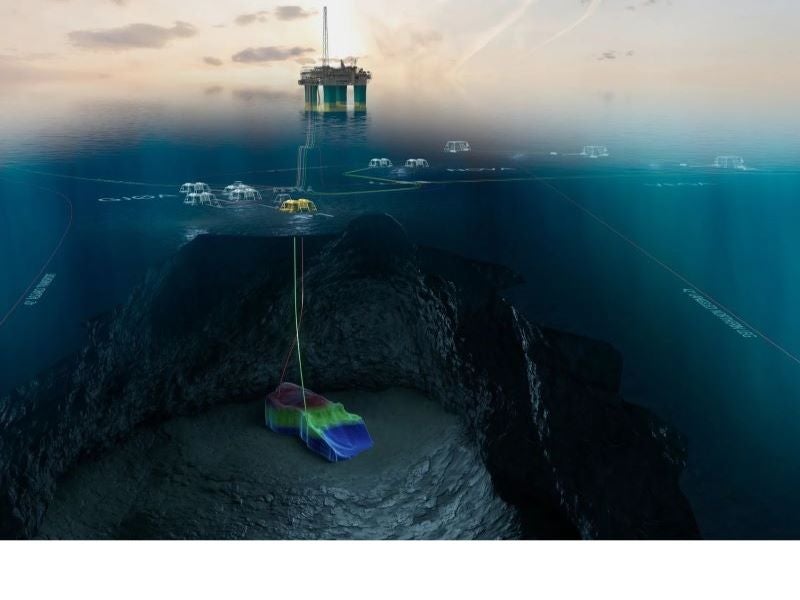The Gjøa P1 project targets the untapped oil and gas reserves of the Gjøa field located in the Norwegian North Sea.
Neptune Energy is the operator and holds a 30% interest in the Gjøa field, while the other development partners are Petoro (30%), Wintershall Dea Norge (28%), and OKEA (12%).
The Gjøa field partners received consent from the Norwegian authorities to start operations of the Gjøa P1 project in December 2020. Scheduled to commence operations in the first quarter of 2021, the project is expected to produce approximately 24,000 barrels of oil equivalent a day (boed).
The development partners applied for exemption of the P1 segment from the original plan for development and operation (PDO) of the Gjøa field in February 2019 and the Norwegian authorities approved the exemption in June 2019.
The Gjøa P1 project, which is estimated to cost approximately £420m (NOK4.7bn), was sanctioned by the development partners in February 2019.
Neptune Energy picked up a 30% stake and became the field operator through the acquisition of Engie E&P International in February 2018, while OKEA bought a 12% stake in the field from Norske Shell, a subsidiary of Royal Dutch Shell, in November 2018.
Location and field details
The Gjøa field is located in blocks 35/9 and 36/7 in the northern part of the Norwegian North Sea, approximately 65km southwest of Florø, Norway. The majority of production from the Gjøa field is gas.
The Gjøa P1 project involves the development of the P1 segment in the northern part of the Gjøa field where the water depth is approximately 360m.
The Gjøa P1 project is estimated to increase the Gjøa field’s reserves estimates by approximately 32 million barrels of oil equivalent.
Gjøa P1 project development
The Gjøa P1 project involves the subsea development and tieback to the nearby Gjøa production platform. The initial development of the Gjøa P1 project involves two new wells to tap the hydrocarbon resources in the P1 segment of the Gjøa field.
An integrated template structure with four slots was installed in March 2020 while the installation of the subsea oil and gas production flowlines and the gas lift flowlines for the Gjøa P1 development was completed in July 2020.
Gjøa field infrastructure facilities
The Gjøa offshore field, which was discovered in 1989 and brought into production in 2010, consists of four subsea templates and one satellite well tied-back to the Gjøa semi-submersible production platform, a major hub facility in the region. The Gjøa production platform runs on hydroelectric power generated in Norway.
The oil from the Gjøa platform is transported via a pipeline to Troll Oil Pipeline II, which terminates at the Mongstad crude oil terminal in Norway.The gas is exported through the Far North Liquids and Associated Gas System (FLAGS) to the St Fergus terminal in Scotland.
Drilling contract
CIMC Raffles Offshore and Odfjell Drilling bagged a drilling contract from Neptune Energy in March 2019. The scope of the contract spans drilling six wells initially and also has an option to drill ten additional wells across various fields operated by Neptune Energy in the Norwegian continental shelf.
The drilling operations commenced in November 2019 with the mobilisation of Deepsea Yantai rig, a semi-submersible drilling unit, at the Duva field. Deepsea Yantai, earlier known as Beacon Atlantic, is owned by CIMC Raffles, while Odjfell Drilling is the operator.
Neptune Energy awarded two additional wells to CIMC Raffles Offshore and Odfjell Drilling taking the firm drilling contract from six wells to eight wells in 2019. Three more firm wells were awarded in another contract extension in September 2020.
Deepsea Yantai drilled wells in various fields including Gjøa P1, Duva, Dugong and Fenja fields.
Subsea contractors involved
TechnipFMC was awarded a subsea integrated engineering, procurement, construction, and installation (iEPCI) contract for the Gjøa P1 and the Duva projects in April 2019. The contract scope includes the delivery and installation of subsea equipment including templates, xmas trees, manifolds, umbilicals, production and gas lift pipelines, rigid flowlines, as well as the subsea production system.
Rosenberg WorleyParsons was awarded an engineering, procurement, construction, installation, and commissioning (EPCIC) contract for topside modifications on the Gjøa semi-submersible platform in June 2019. The contract is a part of the Duva and the Gjøa P1 field development projects.
Duva field development project
The Gjøa P1 and Duva development projects are being executed simultaneously to increase efficiency and reduce costs. Both the projects are being developed as subsea tie-backs to the Gjøa production platform.
The Duva field development, located approximately 12km from the Gjøa platform, initially consists of a four-slot subsea template with two oil production wells and a gas production well. The total recoverable resources from the Duva field are estimated to be 88 million barrels of oil equivalent (boe).
Expected to come on stream in 2021, the maximum production capacity of the Duva field is expected to be approximately 30,000boed.
Neptune Energy is the operator and holds a 30% interest in Duva field, while the other development partners are Idemitsu Petroleum (30%), Pandion Energy (20%), and Wellesley Petroleum (20%).





